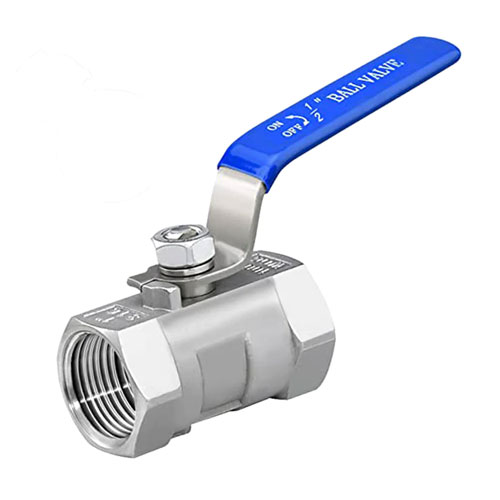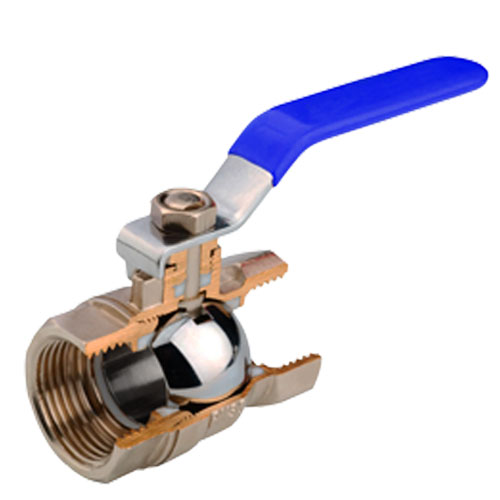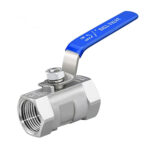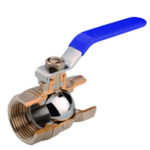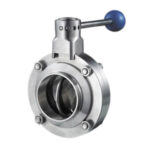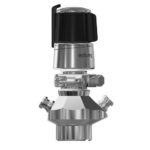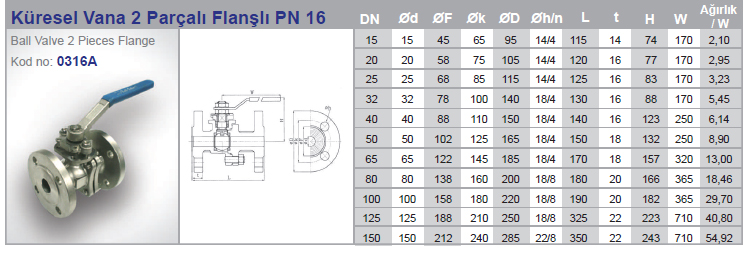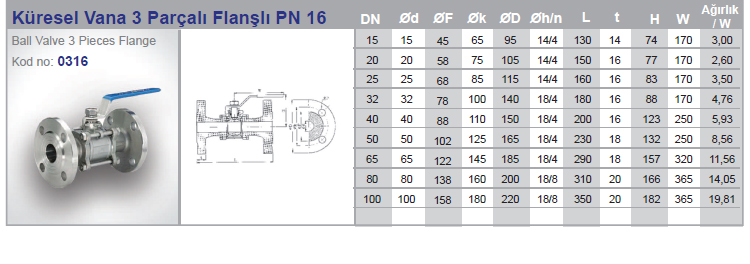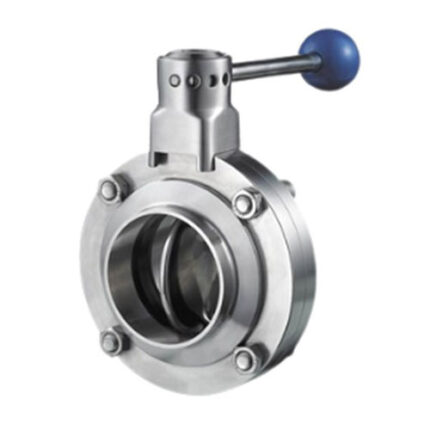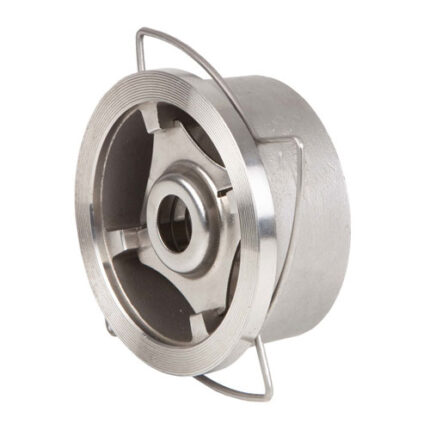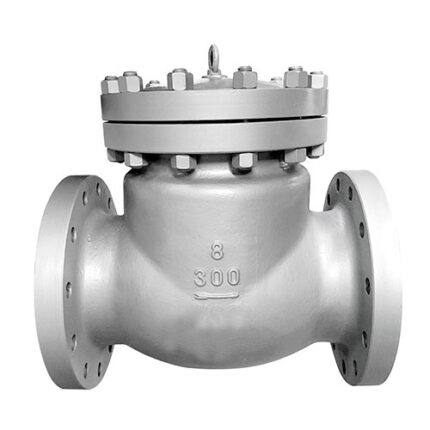Industrial Ball Valves
Industrial Ball Valve is an on/off valve that controls the flow of liquid or gaseous fluid by controlling the hole in the middle with the rotating ball. Preferred for many plumbing and industrial applications, ball valves can actually be used wherever the flow needs to be shut off.
Industrial Ball Valve
Ball valve is a type of valve that controls flow along the line in a perforated and rotating sphere. These are the ball valves that work with the principle of moving the arm on the ball valves by 90°. Flow takes place when the perforated part on the Sphere inside the ball valve is brought to a position in the same direction as the flow direction. Flow is restricted by moving the lever 90° from this position.
Industrial ball valve is a type of valve used to control or stop flow. It takes its name from a spherical disk inside. This disc allows flow when the valve is open and cuts off flow when it is closed.
Ball Valve Types
- According to usage areas;
- Threaded ball valves
- Flanged ball valves
- Hydraulic ball valves
- Ventilated ball valves
- According to the material from which it is made
- Stainless steel ball valves
- Brass ball valves
- Chrome ball valves
- Galvanized ball valves
Industrial Ball Valves
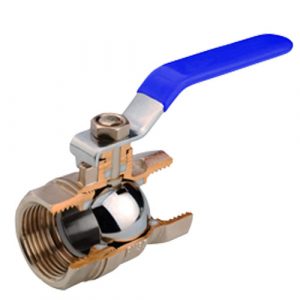 Ball valves are robust and reliable valve types that are generally preferred in high pressure and high temperature applications. Typically, they are widely used in the control of various flow media such as liquid, gas or vapor used in industrial processes.
Ball valves are robust and reliable valve types that are generally preferred in high pressure and high temperature applications. Typically, they are widely used in the control of various flow media such as liquid, gas or vapor used in industrial processes.
An industrial ball valve may include a body, a spherical disc, several retarders and seal elements. The disc is inserted into the stem to cut off flow when the valve is closed and allows flow to pass freely when it is opened. Most ball valves come with a control mechanism or actuator to regulate control.
Advantages of industrial ball valves are:
- High pressure and temperature resistance: Ball valves can be used reliably in high pressure and high temperature applications.
- Rapid opening and closing: Ball valves often have rapid opening and closing capabilities, increasing responsiveness in process control.
- Low pressure loss: Ball valves minimize the pressure loss that occurs when the flow medium passes through the valve.
Industrial ball valves are widely used in many different industrial applications such as petrochemical, oil and gas, power generation, water and wastewater processing, chemical, food and beverage industries.
